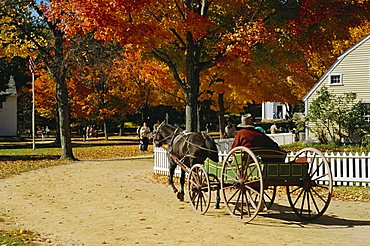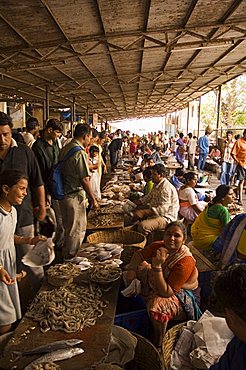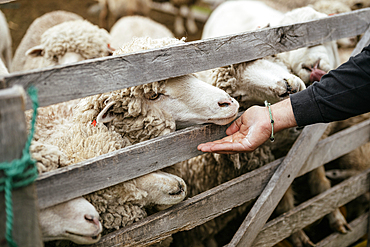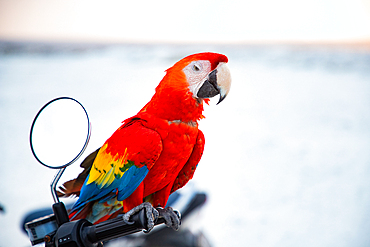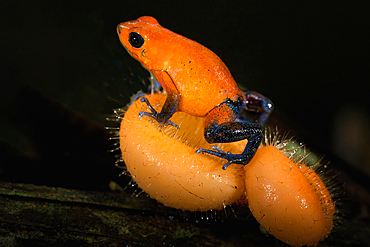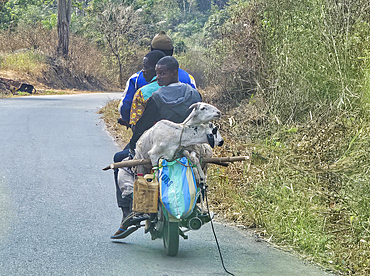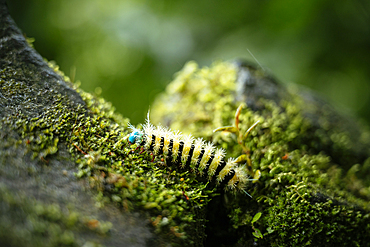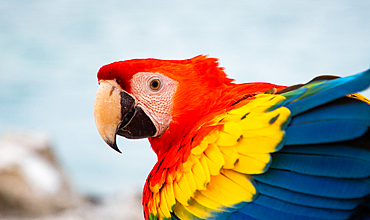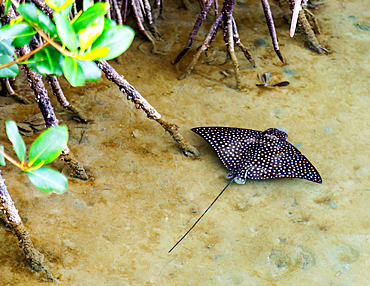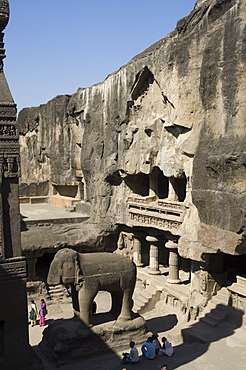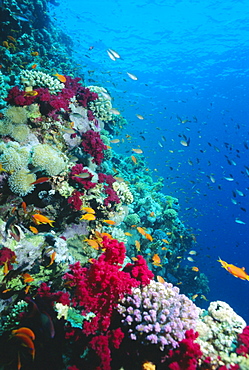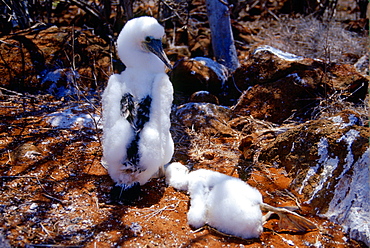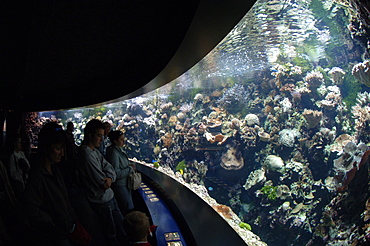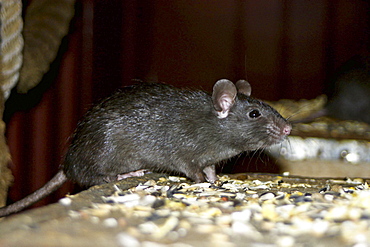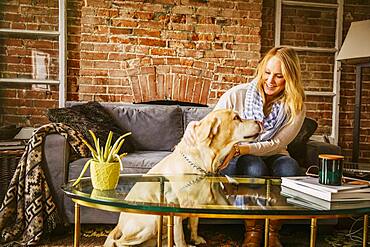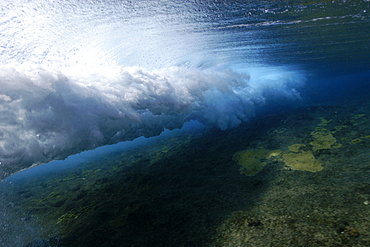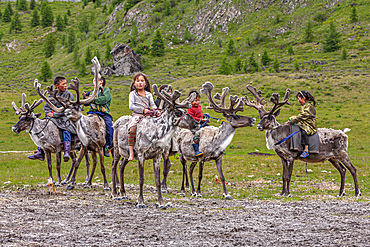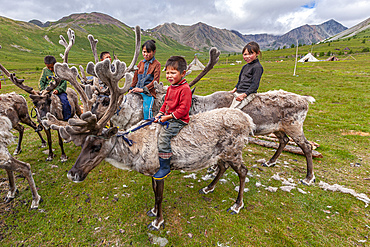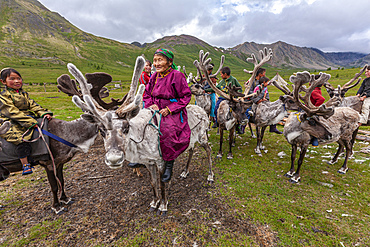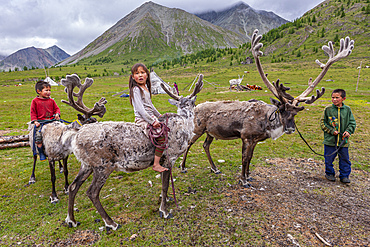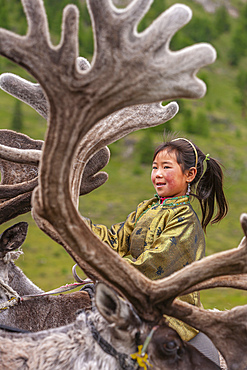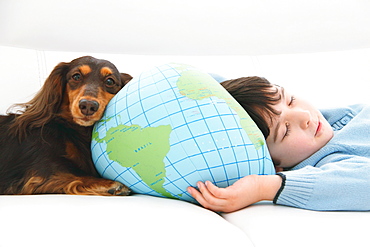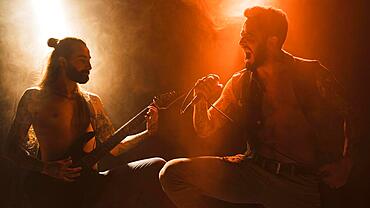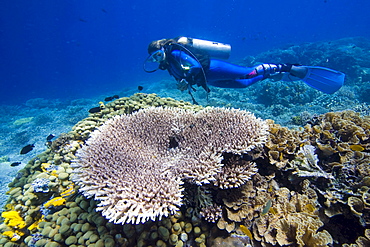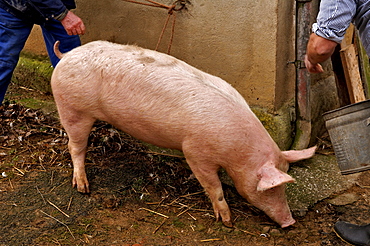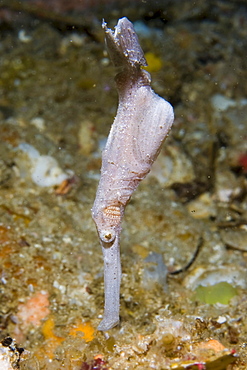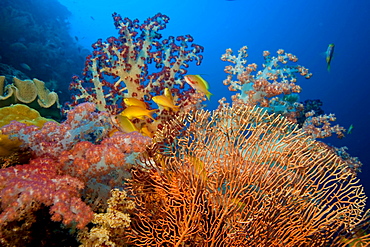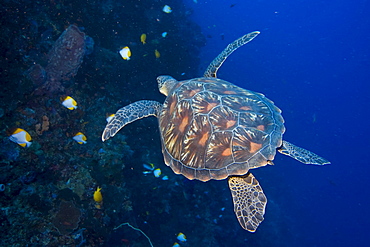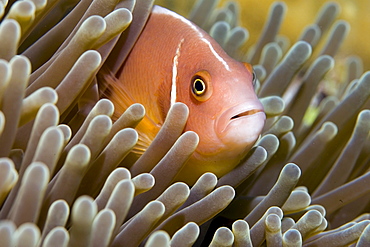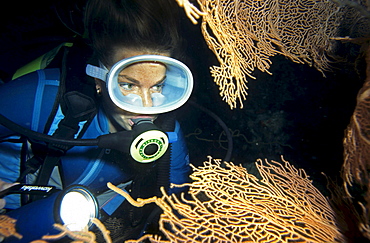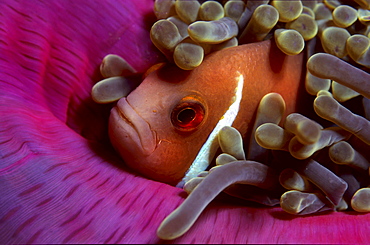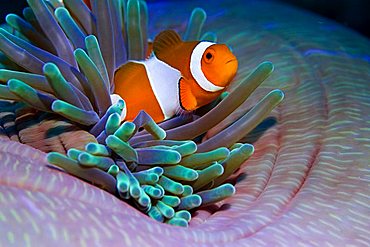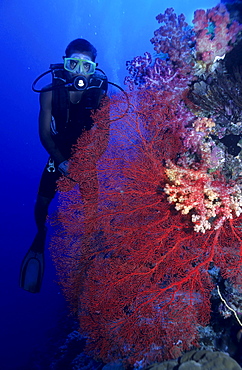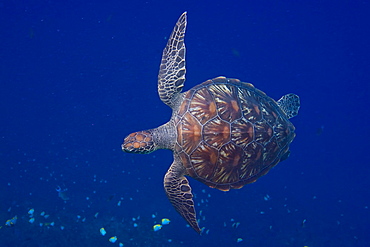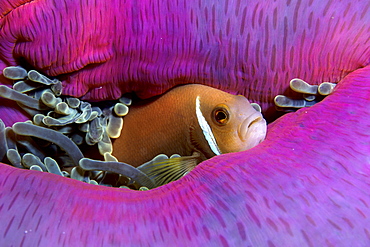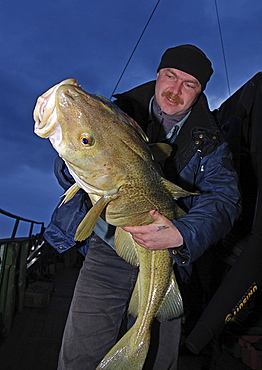Results
36 results found
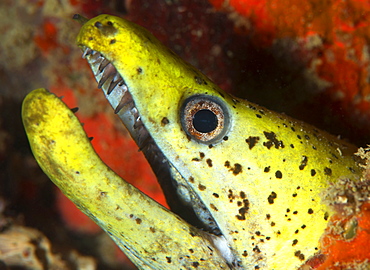
The yellow moray eel (Gymnothorax melatremus) living in an artificial reef under an oil rig near Mabul Island, Celebes Sea, Sabah, Malaysia, Southeast Asia, Asia
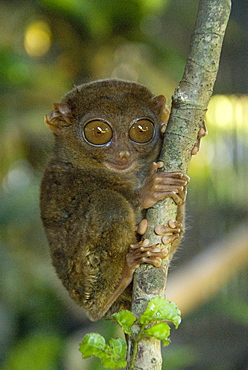
Tarsier fraterculus, the smallest living primate, 130mm (5 ins) tall, Tarsier Sanctuary, Sikatuna, Bohol, Philippines, Southeast Asia, Asia
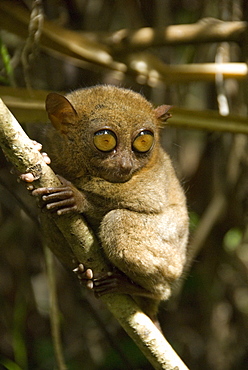
Tarsier fraterculus, the smallest living primate, 130mm (5 ins) tall, Tarsier Sanctuary, Sikatuna, Bohol, Philippines, Southeast Asia, Asia
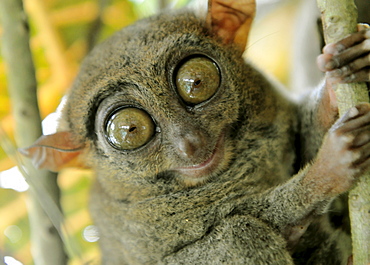
Tarsier fraterculus, the smallest living primate, only 130mm (5 inches) tall, Tarsier Sanctuary, Sikatuna, Bohol, Philippines, Southeast Asia, Asia

Yellow Crowned Night Heron (Nyctanassa Violacea), wading bird of the Americas that feeds on crustacea, Bermuda, Atlantic

View of swans and ducks with City Hall in background in the city centre of Reykjavik at dusk in winter, Reykjavik, Iceland
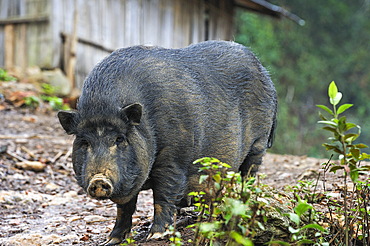
Sow in an Akha tribe village in the mountains surrounding Muang La, Oudomxay Province, northwestern Laos
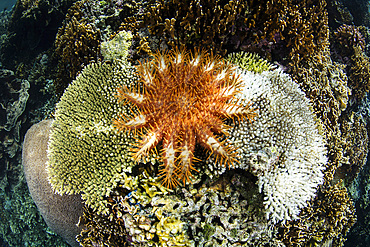
A crown-of-thorns sea star (Acanthaster planci) feeds on a living coral colony among the remote, tropical islands of Raja Ampat, Indonesia.
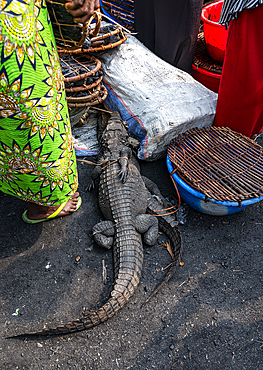
Living crocodiles for sale at the market of Mbandaka, Equateur province, Democratic Republic of Congo, Africa
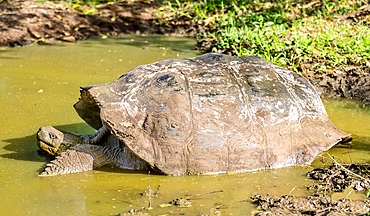
Galapagos Giant Tortoise (Chelonoidis chathamensis), can live for over 100 years, on San Cristobal island, Galapagos, UNESCO World Heritage Site, Ecuador, South America
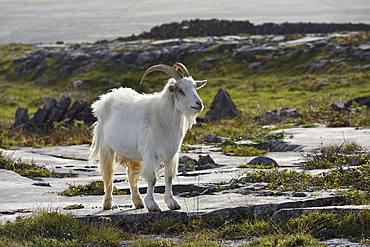
Feral goat, Inishmore, largest of the Aran Islands, Galway Bay, County Galway, Connacht, Republic of Ireland
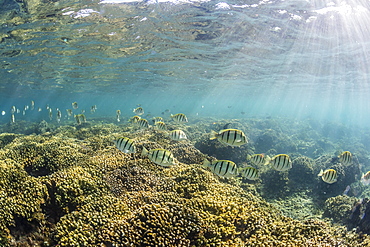
A large school of convict tang (Acanthurus triostegus) on the only living reef in the Sea of Cortez, Cabo Pulmo, Baja California Sur, Mexico, North America

A large school of yellowtail surgeonfish (Prionurus punctatus) on the only living reef in the Sea of Cortez, Cabo Pulmo, Baja California Sur, Mexico, North America
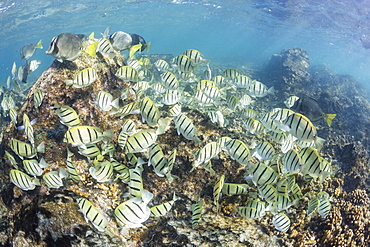
A large school of convict tang (Acanthurus triostegus) on the only living reef in the Sea of Cortez, Cabo Pulmo, Baja California Sur, Mexico, North America
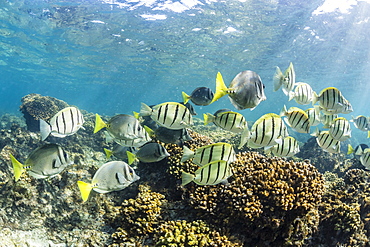
A large school of convict tang (Acanthurus triostegus) on the only living reef in the Sea of Cortez, Cabo Pulmo, Baja California Sur, Mexico, North America
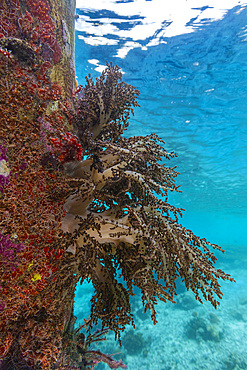
Encrusting sponges, soft corals, and other invertabrates living on pilings on Arborek Reef, Raja Ampa, Indonesia, Southeast Asia, Asia
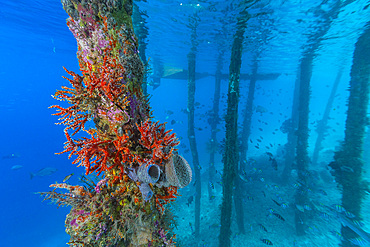
Encrusting sponges, soft corals, and other invertabrates living on pilings on Arborek Reef, Raja Ampa, Indonesia, Southeast Asia, Asia

A large school of convict tang (Acanthurus triostegus) on the only living reef in the Sea of Cortez, Cabo Pulmo, Baja California Sur, Mexico, North America
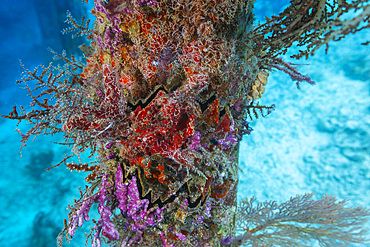
Encrusting sponges, soft corals, and other invertabrates living on pilings on Arborek Reef, Raja Ampa, Indonesia, Southeast Asia, Asia
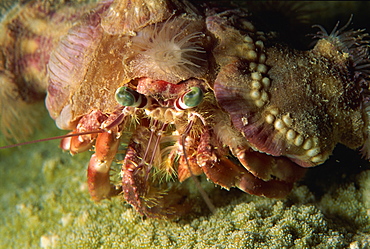
A decorator crab camouflages himself by attaching living sponges and anemones, Sabah, Borneo, Malaysia, Southeast Asia, Asia
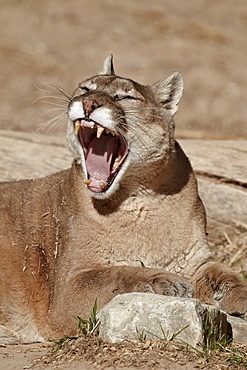
Mountain lion (cougar) (puma) (Puma concolor) yawning, Living Desert Zoo And Gardens State Park, New Mexico, United States of America, North America
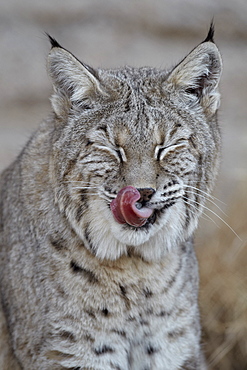
Bobcat (Lynx rufus) with its tongue out, Living Desert Zoo And Gardens State Park, New Mexico, United States of America, North America
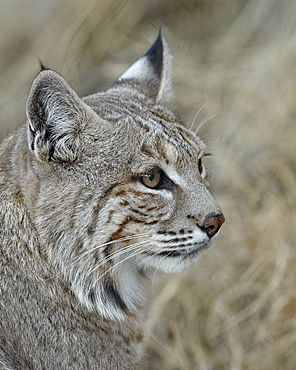
Bobcat (Lynx rufus), Living Desert Zoo And Gardens State Park, New Mexico, United States of America, North America
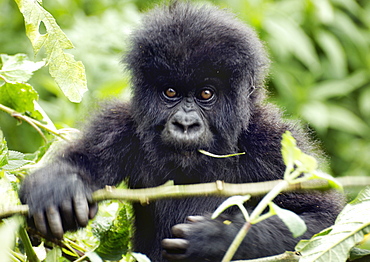
Baby Gorilla living in the mountains of the Volcanoes National Park, Rwanda. Chewing on a leaf and negotiating a branch in front of them. Volcanoes National Park, Virunga mountains, Rwanda, East Africa
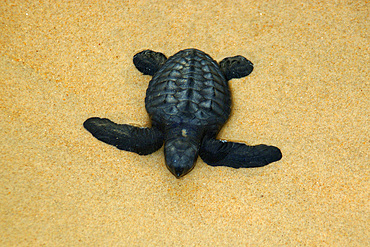
Olive ridley turtle hatchling, Lepidochelys olivacea, Costa do Sauipe, Bahia, Brazil (South Atlantic)
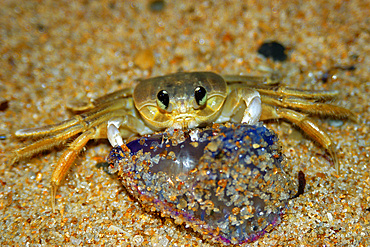
Crab preying on dead portuguese man-of-war, Physalia physalis, Praia do Forte, Bahia, Brazil (South Atlantic)
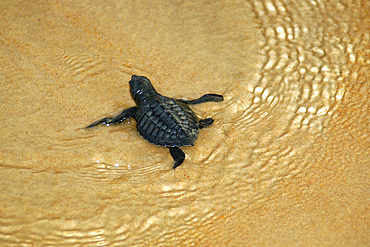
Olive ridley turtle hatchling, Lepidochelys olivacea, Costa do Sauipe, Bahia, Brazil (South Atlantic)
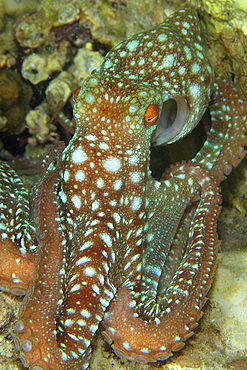
Starry night octopus, Octopus luteus, foraging on coral reef at night, Malapascua, Cebu, Philippines, Visayan Sea.
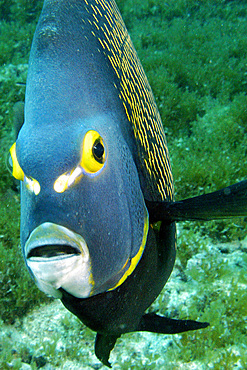
French angelfish, Pomacanthus paru, Ilha rata, Fernando de Noronha national marine sanctuary, Pernambuco, Brazil (S. Atlantic)
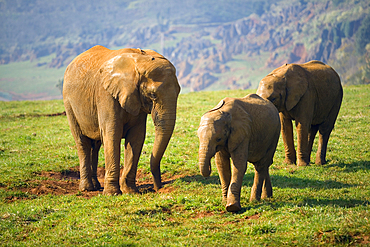
African Bush Elephant (Loxodonta africana).
Park of the Nature of Cabarceno. Cabarceno, Cantabria, Spain.
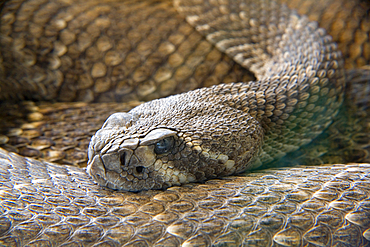
western diamondback rattlesnake or Texas diamond-back (Crotalus atrox).
Park of the Nature of Cabarceno. Cabarceno, Cantabria, Spain.
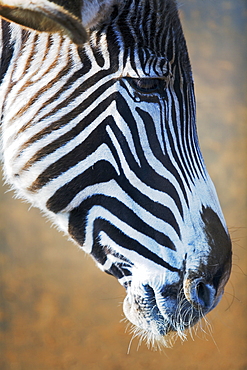
Grevy's Zebra or Imperial zebra (Equus grevyi).
Park of the Nature of Cabarceno. Cabarceno, Cantabria, Spain.
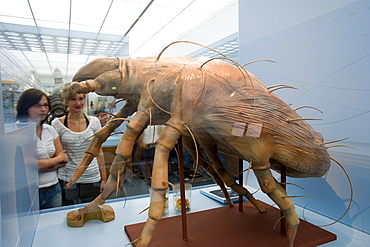
Das Deutsche Hygiene Museum, DHMD, Room 2 Living and Dying, large scale exhibit of a dust mite, Dresden, Saxony, Germany, Europe
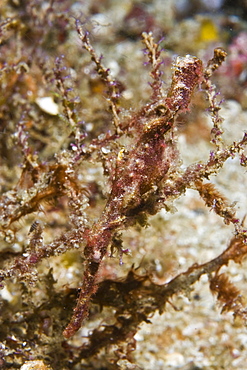
perfectly camouflaged. Robust Ghost Pipefish, Solenostomus cyanopterus, mimic the seagrass in which they live.

Lesser Goldfinch or Dark-backed Goldfinch (Carduelis psaltria), young bird, Park Living Desert, Palm Desert, Southern California, California, USA
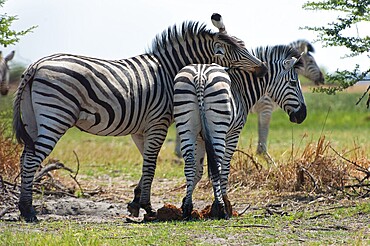
Zebras, zebra, plains zebra (Equus quagga), wild, free-living, safari, ungulate, animal, lovemaking, mating, love, couple, Namibia, Africa
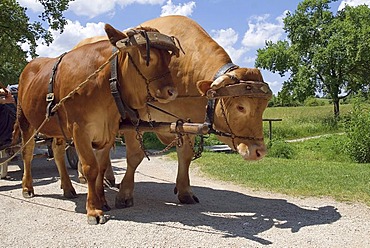
Franconian aurochs cattle harnessed to pull a cart, Franconian Open-air Museum of Bad Windsheim, Bavaria, Germany, Europe

Research assistants and technicians from the University of Ghana collect dust samples from the living rooms and bedrooms of children in Accra, Ghana. The samples will be analyzed for the presence of dust mites, fungus', and animal allergens to help researchers better understand why children in wealthier homes have higher rates of allergies and asthma than poorer children. The leading theory is that higher rates of helminth (parasite) infections among poorer children are affecting the immune system in a way that offers protection from allergies and asthma. The study aims to find out what the worms are doing, isolate the beneficial effect and replicate it.
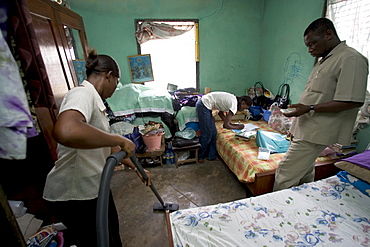
Research assistants and technicians from the University of Ghana collect dust samples from the living rooms and bedrooms of children in Accra, Ghana. The samples will be analyzed for the presence of dust mites, fungus', and animal allergens to help researchers better understand why children in wealthier homes have higher rates of allergies and asthma than poorer children. The leading theory is that higher rates of helminth (parasite) infections among poorer children are affecting the immune system in a way that offers protection from allergies and asthma. The study aims to find out what the worms are doing, isolate the beneficial effect and replicate it.

Research assistants and technicians from the University of Ghana collect dust samples from the living rooms and bedrooms of children in Accra, Ghana. The samples will be analyzed for the presence of dust mites, fungus', and animal allergens to help researchers better understand why children in wealthier homes have higher rates of allergies and asthma than poorer children. The leading theory is that higher rates of helminth (parasite) infections among poorer children are affecting the immune system in a way that offers protection from allergies and asthma. The study aims to find out what the worms are doing, isolate the beneficial effect and replicate it.
